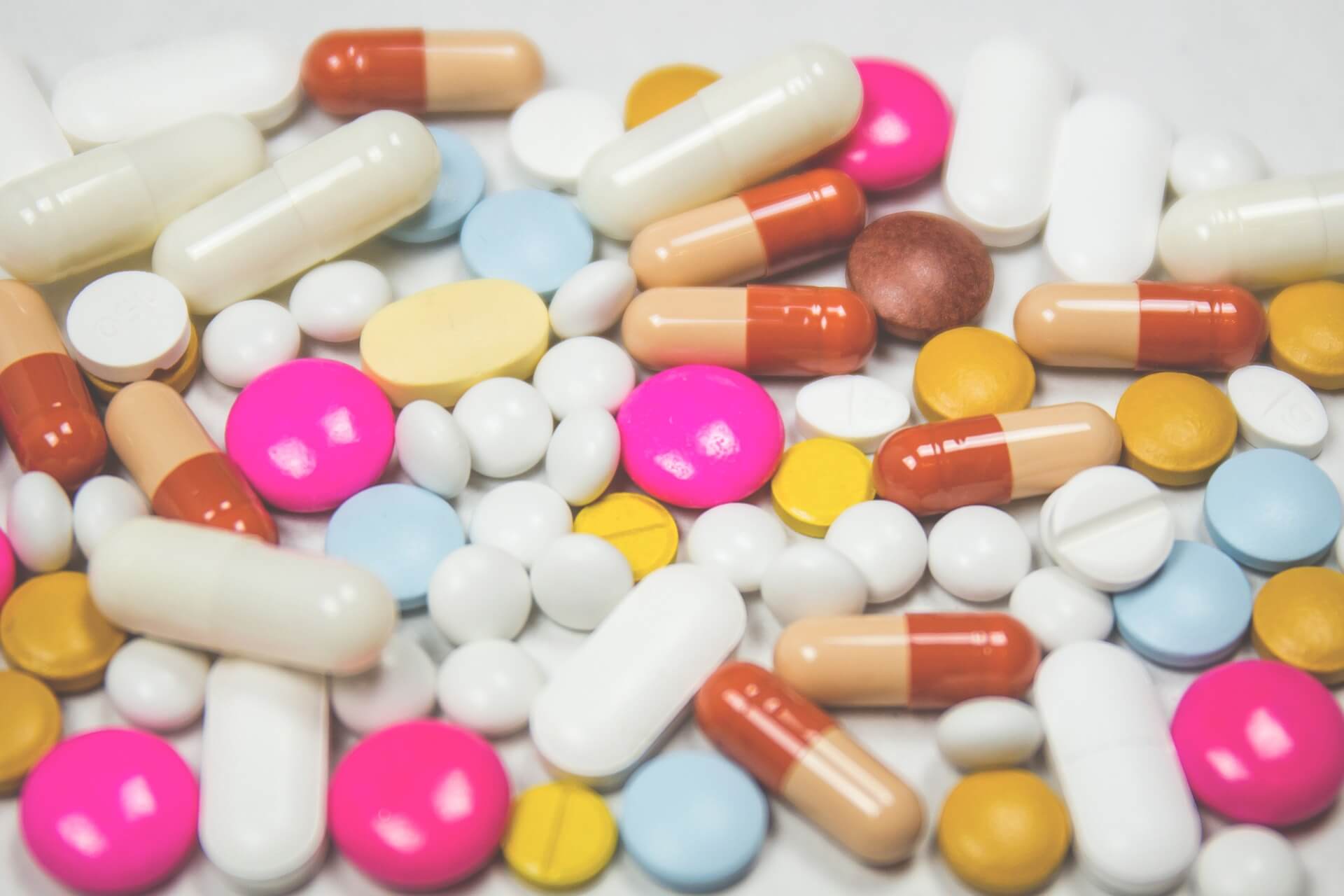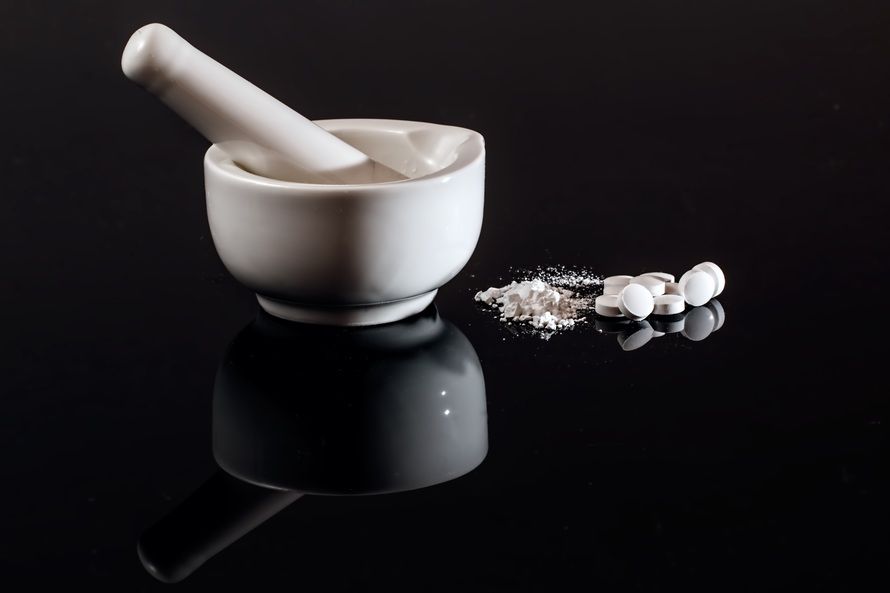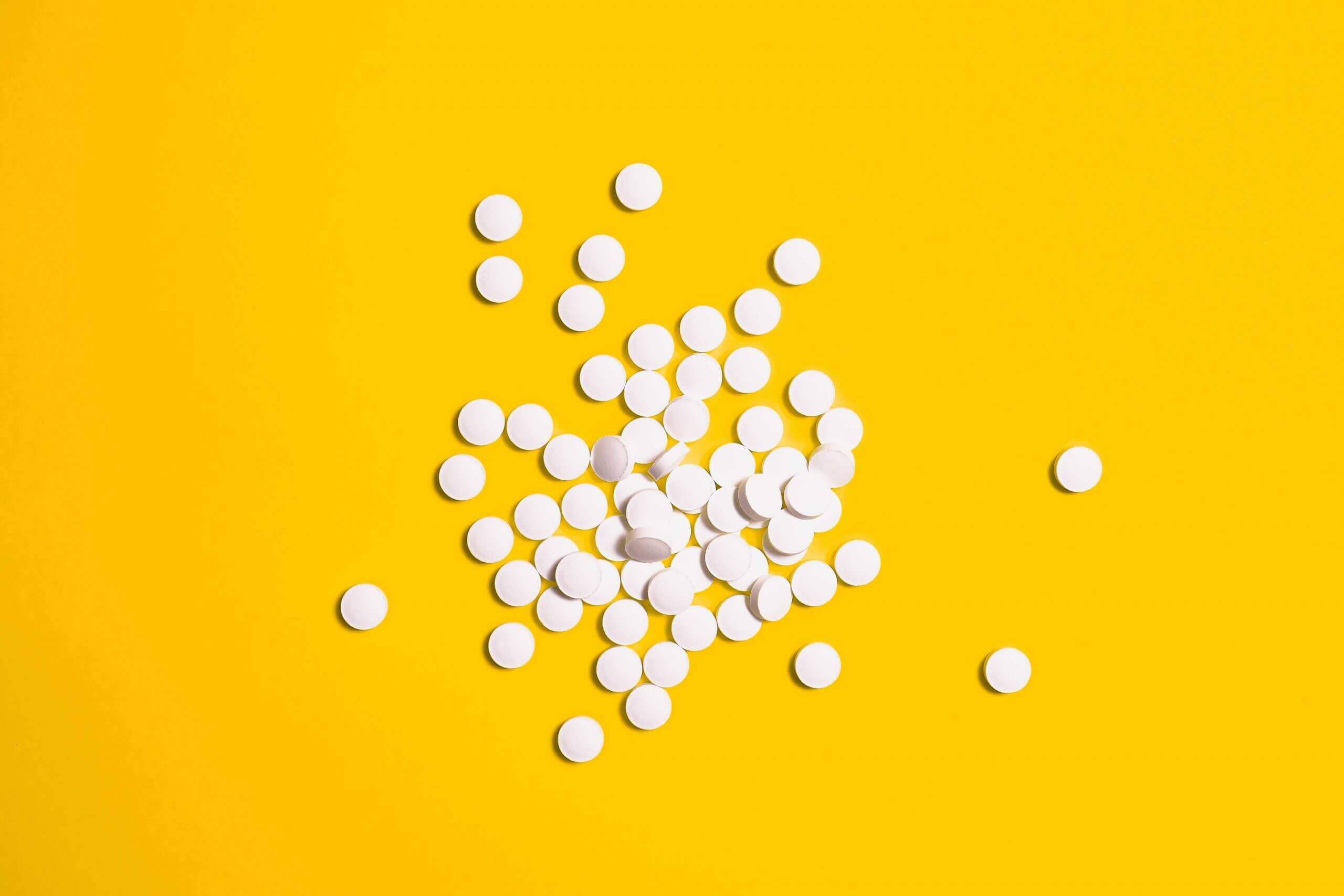The short answer is that pill color has no effect on the effect of medication. However, humans have the tendency to form judgments based on pill coloring. A common example is your perception of food based on the richness or depth of color. For example, deep red salmon is far more appetizing than dull pink salmon. The effect extends past food, as the color also influences judgment when it comes to self-administrating drugs.
Pill Color Can Trigger the Anticipation of Taste
Whether it is chewing a tablet, swallowing a pill, or drinking a liquid, the color of the substance becomes the most significant reminder of the sensory experience that corresponds to ingesting that drug. For instance, it is a common perception that red-colored pills are more bitter than pink-colored pills. Common liquid medication supports this ideology as well because many sweet children’s medications are found in pink.
Colorful Pills Can Influence a Patient’s Anticipation of Treatment
This phenomenon is very common when it comes to patients taking anti-depressants. For example, these patients feel less motivated to take dull maroon-colored pills because they anticipate that these pills will not be as effective as the brightly colored pills. Another example is when patients require a tablet for acid reflux. These patients would much rather prefer a soft pink colored pill than a bright green pill. Often a brighter green is associated with lime and the sour taste of citric acid, which makes the patient want to avoid that pill.
Overall, it is surprising how pill color can have such a significant impact on how a person perceives their medication. The well-researched psychological effect of pill coloring on the effectiveness of medication describes how people can have a preconceived notion of taking a drug.







